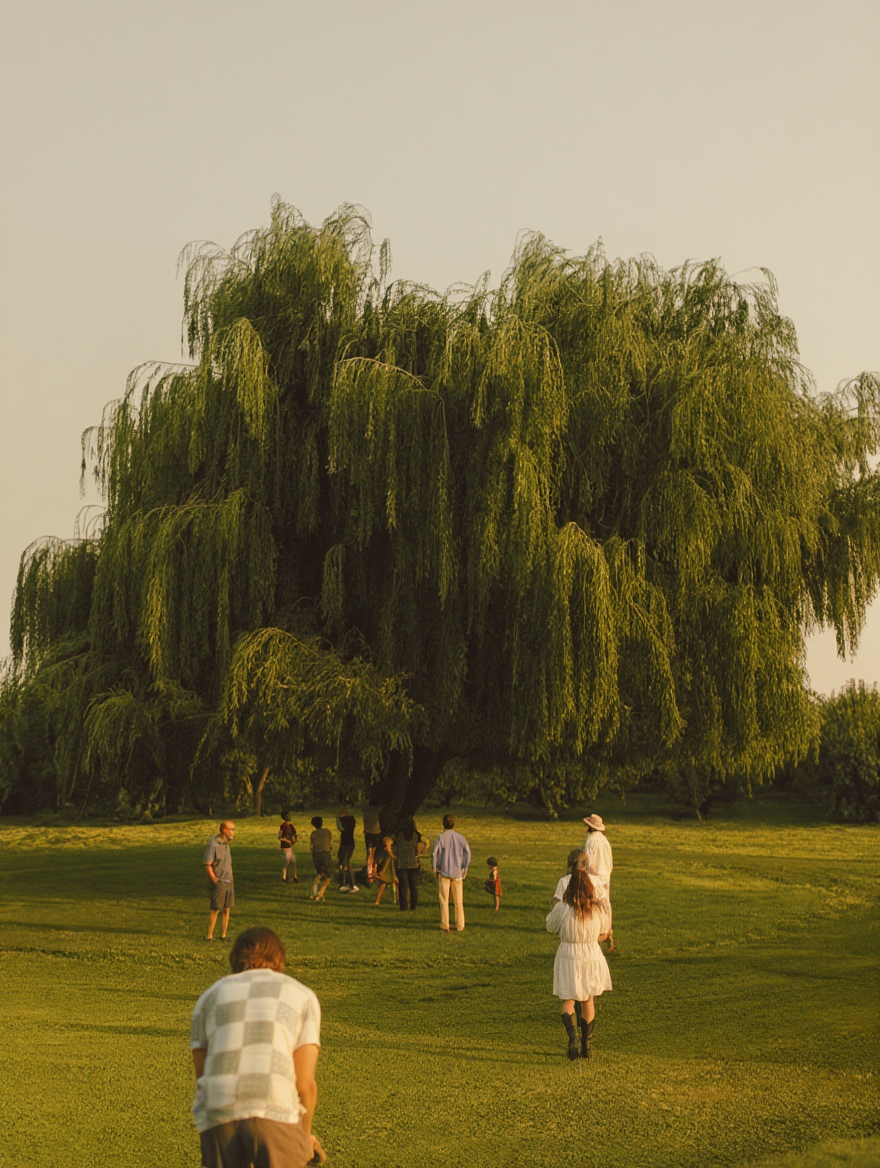Legacy Is Built Through Habits, Not Grandiose Moments
This piece is inspired by a recent conversation between Ken Haman, Managing Director of the AllianceBernstein Advisor Institute, and Alex Kirby, CEO of Total Family, featured on Secrets of Successful Advisors. Their discussion explores why annual family meetings are one of the most powerful — and underused — tools in legacy work, and how advisors can help families build habits that strengthen meaning, connection, and long-term success.
Introducing the Legacy Conversation
Most advisors think of “legacy work” as something that requires a formal process, a retreat, or a major life event to justify bringing it up. But the truth is far simpler: legacy begins the moment the topic becomes visible in the relationship.
All it takes is adding one line item to a meeting agenda — a short moment to acknowledge values, family history, or the client’s hopes for what they want to leave behind beyond money. That’s it.
Because once the advisor mentions the word legacy, something important happens:
the client starts thinking about it.
And once they're thinking about it, they begin noticing that the topic actually matters to them. Whether they’ve been quietly wondering about what their life has meant, or whether they’re simply becoming more aware of time passing, this single prompt opens a door they may never have stepped through alone.
Advisors don’t need to lead with a full family governance plan or a complicated framework. That’s not where legacy starts. Legacy starts with awareness. It starts with the advisor giving the client permission to think intentionally about what they hope will continue beyond them — not just financially, but relationally and emotionally.
This small move by the advisor — making legacy conscious and conversational — is what gets the legacy engine turning. Once clients realize that legacy is about meaning, not mechanics, the work becomes approachable. They begin to see small, human questions as the first bricks in a foundation that will serve their family for decades.
And once that engine is running, the rest of the process becomes natural: clients reflect, families start talking, and the advisor becomes the gentle shepherd who showed them that this work was possible in the first place.
Small Steps, Big Impact
Once the legacy conversation becomes visible, families don’t need a complex plan or a formal governance structure to begin. In fact, starting small is precisely the point. As Alex and Ken emphasized, legacy work has never had a one-size-fits-all solution — because no two families share the same history, dynamics, or definition of success.
This is where the beauty of incremental progress comes in. Families don’t need to jump straight into a multigenerational summit or a perfectly structured set of family policies. They simply need to begin taking baby steps — a gentle, low-stakes conversation around values, purpose, or even a favorite piece of media and why it resonates with them. These early conversations do more than break the ice; they lay down the first threads of shared understanding and emotional vocabulary.
Jay Hughes, one of the most influential thinkers in family enterprise governance, captures this truth in his book Complete Family Wealth: Well-Being and Wealth Management for Family Enterprises:
“It is not an exaggeration to say that every family that succeeds over multiple generations makes some use of family meetings.”
The key isn’t the formality of the meeting — it’s the commitment to the practice. Families who gather intentionally, even once a year, begin developing the “muscles” they will later rely on when facing difficult decisions. Over time, these simple annual touchpoints compound into something powerful: unity, clarity, continuity, and resilience.
This is also where Total Family’s FamilyOS shines. Instead of asking advisors to reinvent the wheel or become governance experts, FamilyOS provides a simple, ready-to-use environment where families can identify their values, roles, and purpose — the foundational elements of Level One legacy work. These client-led reflections give advisors meaningful visibility into:
What the family truly cares about
How each member sees their role
Which topics matter most as they prepare for their annual meeting
And because the work is captured and organized inside FamilyOS, advisors can naturally integrate those insights into their ongoing relationships. It becomes easy — even effortless — for advisors to guide families into their first annual family meeting, confident that the groundwork has already been laid.
Small steps, done consistently, build real legacy. And those steps become even more powerful when supported by a system designed to help families progress at their own pace while giving advisors a reliable structure to stay connected across generations.
The Advisor’s Opportunity — Get the Legacy Ball Rolling
For advisors, the opportunity in legacy work isn’t about running the entire process — it’s about giving the family the first nudge. Once legacy becomes visible and families begin taking small steps, the advisor’s role becomes that of a guide who helps them maintain momentum. And just like compounding interest, these early conversations grow in value the longer the habit continues.
Time is going to pass no matter what. Difficult conversations and big decisions are already on the horizon for every family — that’s simply part of the human journey. The question is whether families will face those moments with no preparation, or whether they’ll have spent years building the muscles they need through simple annual meetings and shared reflection.
When advisors bring this opportunity forward, they give families something that lasts far beyond financial performance: a structure for connection, communication, and continuity. And families never forget who brought this to them. Being the person who helped start a meaningful, long-term habit is an irreplaceable form of value — one that positions the advisor as a trusted partner across generations.
To learn more about how FamilyOS helps advisors guide client-led legacy work and support annual family meetings, visit https://www.totalfamily.io/wealth-firms-

